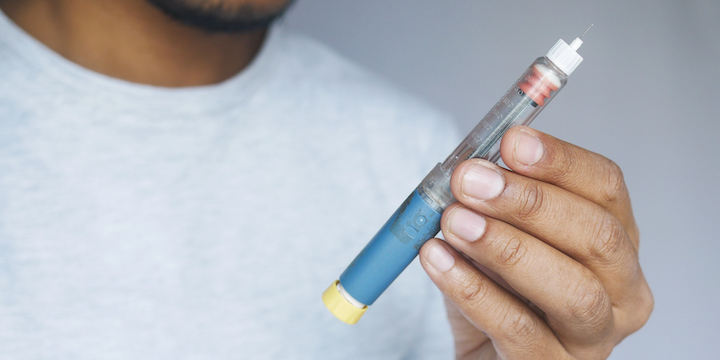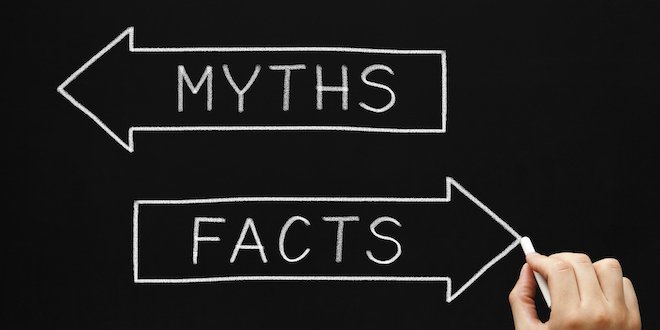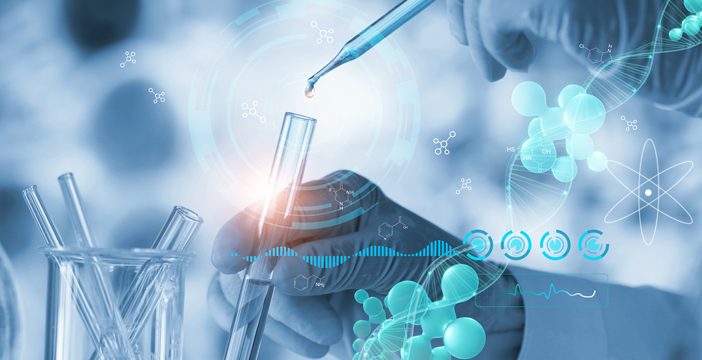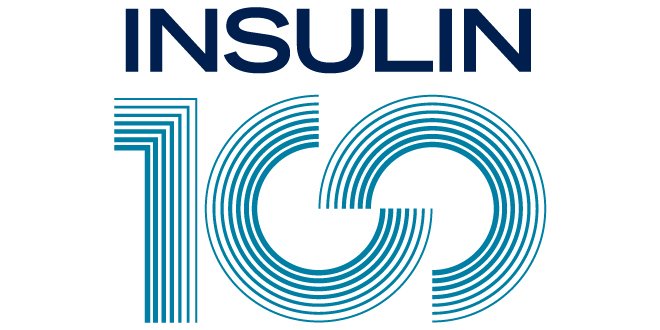There is probably no other disease than diabetes where people are happy to give other people unsolicited advice and information. Starting insulin, in particular, seems to carry with it many myths that you may have heard from some of these well-meaning folks.
Insulin and other injectables

Insulin (rapid-acting, short-acting, intermediate-acting, long-acting)
Insulin is a hormone produced by the pancreas that stimulates cells in the body to remove glucose from the blood for storage or usage. Insulin is normally released by the body following a meal to bring high sugar levels back into the normal range.
GLP-1 Agonists (e.g. liraglutide, exenatide, dulaglutide, lixisenatide)
These medications, also known as incretin mimetics, work by copying the functions of the natural incretin hormones in your body that help lower post-meal blood glucose levels. These functions include stimulating insulin secretion, inhibiting the release of glucagon and slowing glucose absorption into the bloodstream.
Combination insulin products
Basal insulin has been combined with GLP-1 agonists in a single injection and have similar advantages as oral combination medications – reduced side effects, simplified regimens, improved efficacy.
Learning about insulin
Insulin is a hormone that is produced by the pancreas and plays a crucial role in regulating blood glucose levels. It acts as the ‘key’ that ‘unlocks’ the cells, allowing glucose to enter and provide energy for the body’s various functions.
When basal insulin is not enough for managing your type 2 diabetes
Are you using insulin to manage your type 2 diabetes? Are you reaching your blood glucose targets? You may wonder, what is next after insulin?
Insulin Use in the Management of Diabetes: 100 years of Evolution
The two recent blogs about the discovery of insulin 100 years ago and the development of newer formulations and devices for insulin use, have underscored the initial lifesaving use of insulin. This blog will look at the evolution of the uses of insulin.
Insulin medication and device improvements over the years
Insulin was first discovered in 1921. Since then, medical and technological advancements have made it even more effective for people with diabetes. Read this expert blog to learn about insulin improvements over the years.
100 years after the discovery of insulin: what does the future hold?
Canadians have many claims to fame, but none are more important than the discovery of insulin in 1921. At a time when the diagnosis of type 1 diabetes meant a life of starvation and almost certain death, four scientists at the University of Toronto made a breakthrough that truly changed the world.







